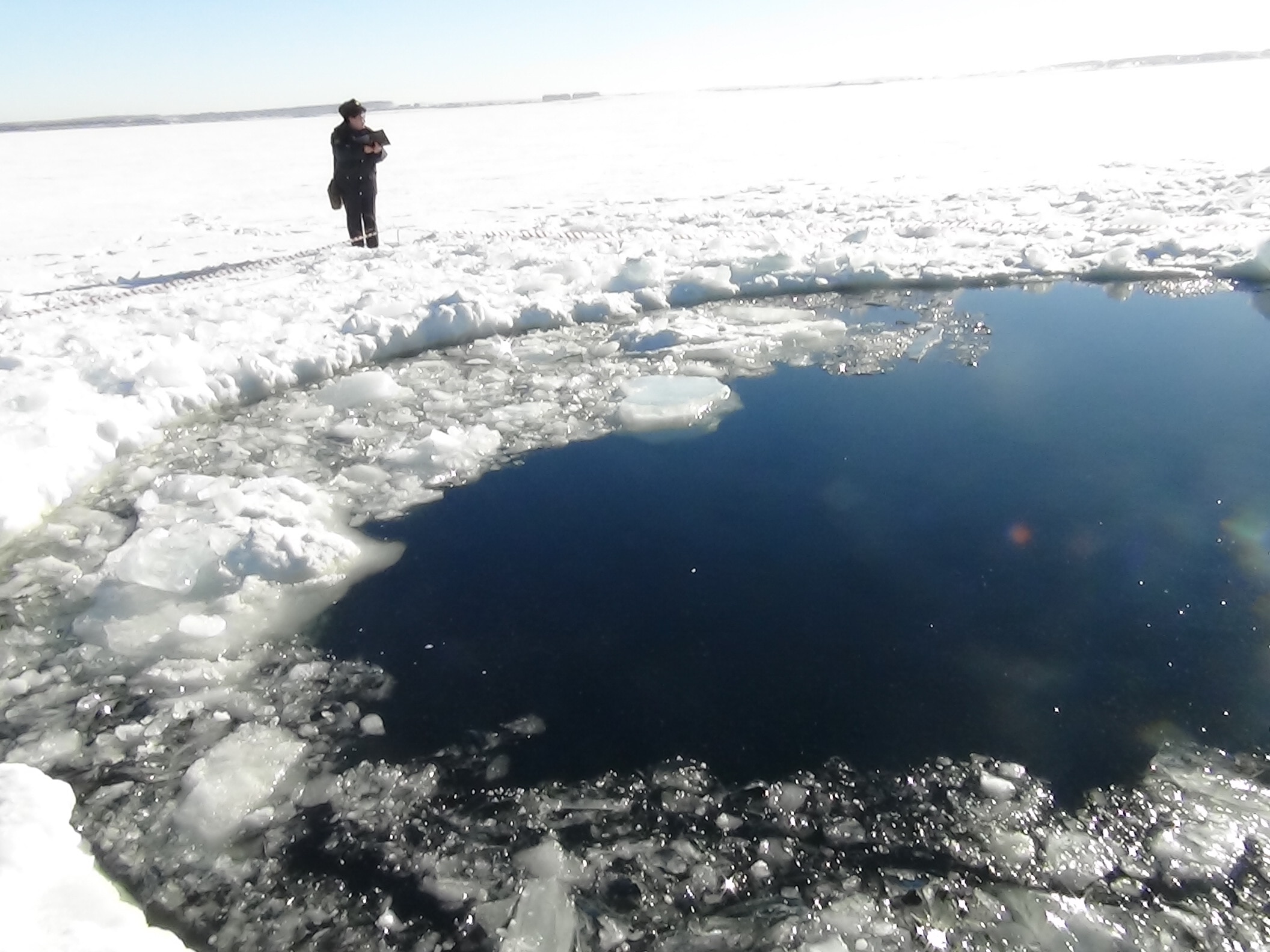Create a free profile to get unlimited access to exclusive videos, sweepstakes, and more!
[FOLLOWUP] Russian Meteorite Fragment May Have Hit Lake

Around 09:30 local time, a huge meteor came in over western Russia. The trail it left in the sky was 320 kilometers (200 miles) long, it shone as brightly as the Sun, and the shock wave of its passage through the air blew out windows, sending glass flying and injuring (at last report) nearly a thousand people*. It was caught on hundreds of videos in some of the most dramatic footage of any event Iâve ever seen. The shots of the trail it left in the sky alone are jaw-dropping.
As a quick aside, the direction and timing of this event make it very clear it was not related to the passage of 2012 DA14 today. This is a coincidence. An amazing one, but Iâll note that asteroids around this size enter Earthâs atmosphere fairly often, every few months or years, usually in remote areas (weâre 70% ocean, and most land area on Earth is far from cities).
So what happened to the meteoroid, the actual solid chunk of matter that did all this? There are now reports that at least one sizeable piece landed in Chebarkul lake a few kilometers west of Chelyabinsk, Russia. The lake was frozen, and a large hole, nearly 10 meters (33 feet) across, was found in its surface.
I always try to be skeptical about such things, but this looks legit. Pictures show small, dark chunks of what look like rocks around the hole, which is to be expected if a piece of an asteroid broke up and fell. The ice is pretty thick there (itâs Russia in the winter, folks) so faking this would be quite an effort.
So what do we make of this? Iâll speculate a bit here based on what we know of this particular event, plus what we know from previous such incidents.
The incoming rock was probably in the size range of a few meters in diameter. The split in the trail high in the air indicates the rock itself broke up as it rammed through our air at dozens of times the speed of sound, probably still (at a guess) 20 kilometers (12 miles) above the ground. It heated up violently, getting very bright and decelerating savagely. It went from many times the speed of sound to subsonic speeds in just a few seconds. It wouldâve broken up into many pieces at this time. That would explain the multiple sonic booms heard in various videos. [Updated to add: I now think these were actual explosions; please see note at the bottom of this post about this.]
After a few seconds, it slowed enough that it was no longer quite as hotâmost of the molten parts would slough off by the meteoroidâs rapid motion through the air. Over the next few minutes it fell at several hundred kilometers per hourâabout as fast as an airplaneâthrough the upper atmosphere. Itâs cold up there, and the material was only hot for a few seconds, so most of the pieces would no longer even be warm. There would be even more breakup as the rocks continued to slow due to drag, some bigger than others, and they would start to separate.
By the time they hit the ground, smaller pieces were moving at terminal velocity, maybe a couple of hundred kilometers per hour, some lessâfaster than a car on the highway, but not super-fast as most people might think. Iâm not sure what this means for the size of the object that plunged into the lake. It must have been decent-sized to make a hole that big. However, Iâm not sure how much the ice would break up upon and after impact. It was smaller than the hole, but by how much? I wouldnât be surprised if it were over a meter across, though.
I expect that a lot of fragments from this meteor will be found. Theyâll also be very valuable. Scientifically, for obvious reasons, but also because we have more than enough data on this rock to establish what orbit it had before it hit us. Having physical samples to study together with info on where it was in space is invaluable for learning more about the asteroid population in the inner solar system.
But also, having fragments from a known fallâand one with so much amazing footage and dramaâmeans collectors will be all over this. I collect meteorites myself, and I feel a pretty good pang of envy toward anyone who can manage to (legally!) obtain chunks of this. Iâd love to have one on my shelf.
There is still a lot we can glean from this event, but I suspect the best, and most lasting, lesson will be that the Universe is not necessarily friendly. It reminds of this sometimes, and we need to take that threat seriously. That this comes within hours of the passing of 2012 DA14 is actually a solid jolt that should make people sit up and take notice.
* UPDATE (23:00 UTC) After looking through more footage, it's become clear that the multiple booms heard were in fact explosions, and not just shock waves from the meteoroid's passing through the air. In some videos, you can see multiple flashes of light inside the contrail, which are clearly from the rock breaking up and then burning up very rapidly and with intense energyâthe very definition of an explosion. Over the course of just a couple of seconds, the large energy of motion of the meteoroid was converted into heat, and this exploded with a yield of several thousand tons of TNT. It goes to show that you need not have an asteroid hit the ground to be dangerous, and in fact the hole in the ice made by the plummeting meteoroid was probably the gentlest thing it did.














